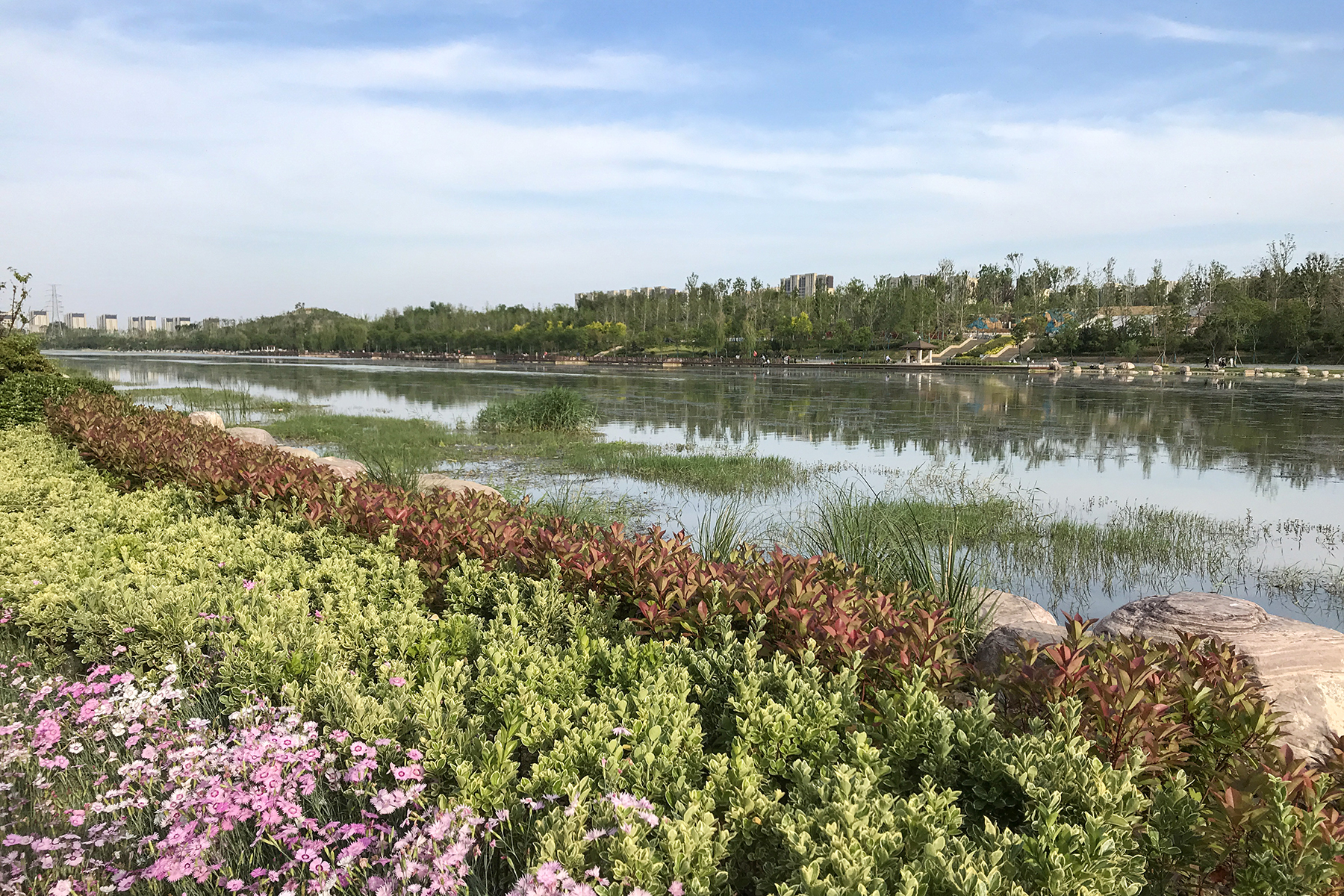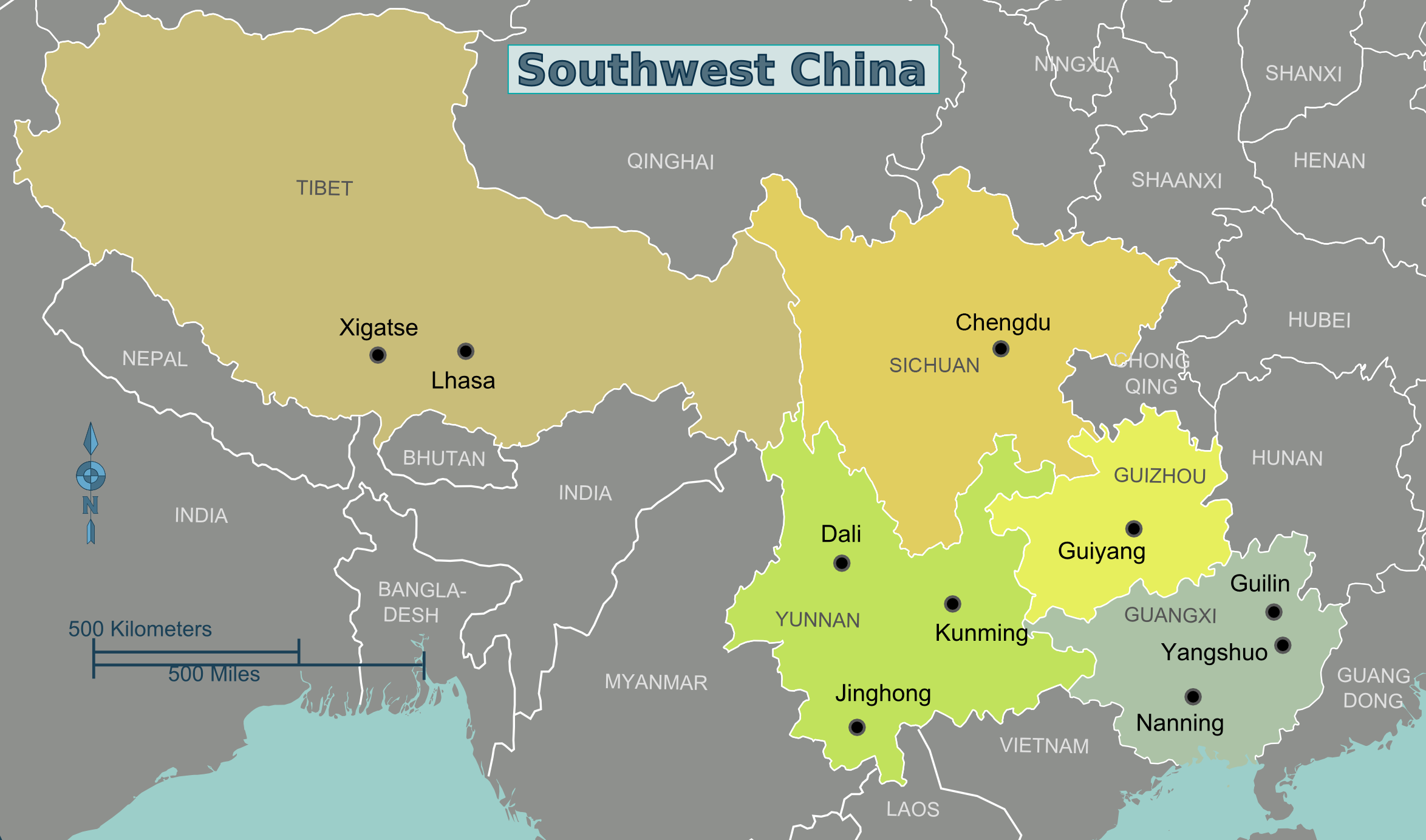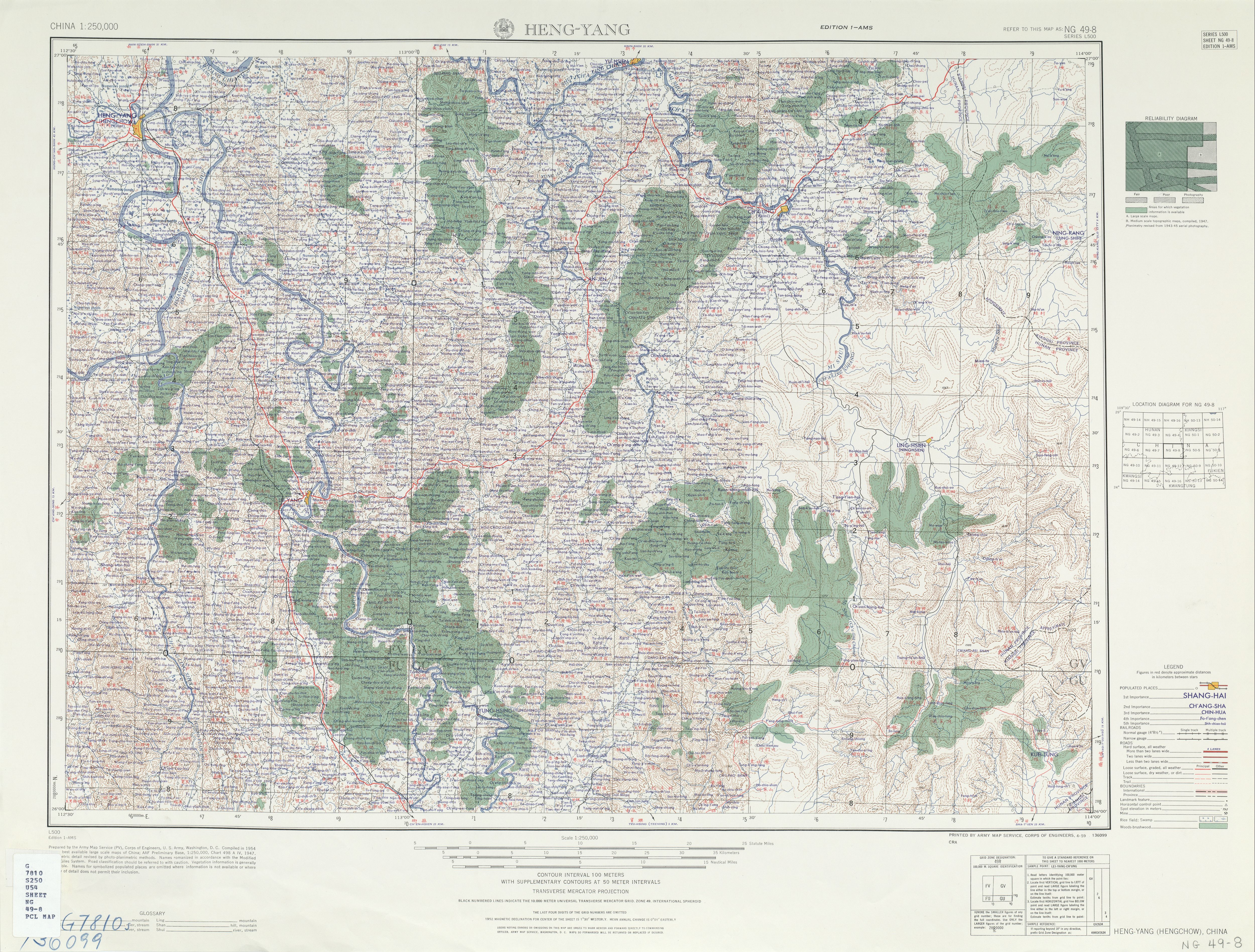|
Central China
Central China () is a geographical and a loosely defined cultural region that includes the provinces of Henan, Hubei and Hunan. Jiangxi is sometimes also regarded to be part of this region. Central China is now officially part of South Central China governed by the People's Republic of China. In the context of the Rise of Central China Plan by the State Council of the People's Republic of China in 2004, surrounding provinces including Shanxi, Anhui, are also defined as regions of Central China development zones. Administrative divisions Cities with urban area over one million in population Provincial capitals in bold. See also * Regions of China ** East China and Western China ** Northern and southern China ** South Central China **Northeast China, Northwest China and South west China * China proper China proper, Inner China, or the Eighteen Provinces is a term used by some Western writers in reference to the "core" regions of the Manchu-led Qing dyn ... [...More Info...] [...Related Items...] OR: [Wikipedia] [Google] [Baidu] |
Huazhong China
Central China () is a geographical and a loosely defined cultural region that includes the provinces of Henan, Hubei and Hunan. Jiangxi is sometimes also regarded to be part of this region. Central China is now officially part of South Central China governed by the People's Republic of China. In the context of the Rise of Central China Plan by the State Council of the People's Republic of China in 2004, surrounding provinces including Shanxi, Anhui, are also defined as regions of Central China development zones. Administrative divisions Cities with urban area over one million in population Provincial capitals in bold. See also * Regions of China ** East China and Western China ** Northern and southern China ** South Central China **Northeast China, Northwest China and South west China * China proper China proper, Inner China, or the Eighteen Provinces is a term used by some Western writers in reference to the "core" regions of the Manchu-led Qing dynasty of ... [...More Info...] [...Related Items...] OR: [Wikipedia] [Google] [Baidu] |
Zhengzhou
Zhengzhou (; ), also spelt Zheng Zhou and alternatively romanized as Chengchow, is the capital and largest city of Henan Province in the central part of the People's Republic of China. Located in north-central Henan, it is one of the National Central Cities in China, the centre of Central Plains area, and serves as the political, economic, technological, and educational center of the province. The Zhengzhou metropolitan area (including Zhengzhou and Kaifeng) is the core area of the Central Plains Economic Zone. The city lies on the southern bank of the Yellow River. Zhengzhou is a major hub of China's national transportation network, with railways connecting Zhengzhou to Europe and an international airport. Zhengzhou is a and a State-list Famous Historical and Culture City. As of 2020, there are two World Cultural Heritage Sites in Zhengzhou. The Zhengzhou Commodity Exchange (ZCE) is China's first futures exchange. Zhengzhou Airport Economy Zone is China's first Airport ... [...More Info...] [...Related Items...] OR: [Wikipedia] [Google] [Baidu] |
Southwest China
Southwest China () is a region in the south of the People's Republic of China. Geography Southwest China is a rugged and mountainous region, transitioning between the Tibetan Plateau to the west and the Chinese coastal hills (东南丘陵) and plains to the east. Key geographic features in the region include the Hengduan Mountains in the west, the Sichuan Basin in the northeast, and the karstic Yungui Plateau in the east. The majority of the region is drained by the Yangtze River which forms the Three Gorges in the northeast of the region. The narrowest concept of Southwest China consists of Sichuan, Chongqing, Yunnan, and Guizhou, while wider definitions often include Guangxi and western portions of Hunan. The official government definition of Southwest China includes the core provinces of Sichuan, Chongqing, Yunnan, and Guizhou, in addition to the Tibet Autonomous Region. History Portions of Southwest China were incorporated in the 3nd century BCE into the Qin dyn ... [...More Info...] [...Related Items...] OR: [Wikipedia] [Google] [Baidu] |
Northwest China
Northwest China () is a statistical region of China which includes the autonomous regions of Xinjiang and Ningxia and the provinces of Shaanxi, Gansu and Qinghai. It has an area of 3,107,900 km2. The region is characterized by a (semi-)arid continental climate. It has a diverse population including significant minorities such as Hui, Uyghurs and Tibetans. Culturally, the region has historically been influenced by the Silk Road. Administrative divisions Cities with urban area over one million in population Outer Northwest China Outer Northwest China () refers to the portions of territories of the Qing dynasty that were later annexed by the Russian Empire through the Convention of Peking, Treaty of Tarbagatai, Treaty of Saint Petersburg (1881) and other unequal treaties referred by Chinese interpretation. During Qing rule, the territories formed parts of far-western Xinjiang and far-northwestern Outer Mongolia. Tuva, at the time a part of the larger Tannu U ... [...More Info...] [...Related Items...] OR: [Wikipedia] [Google] [Baidu] |
Northeast China
Northeast China or Northeastern China () is a geographical region of China, which is often referred to as "Manchuria" or "Inner Manchuria" by surrounding countries and the West. It usually corresponds specifically to the three provinces east of the Greater Khingan Range, namely Liaoning, Jilin, and Heilongjiang, but historically is meant to also encompass the four easternmost prefectures of Inner Mongolia west of the Greater Khingan. The heartland of the region is the Northeast China Plain, the largest plain in China, with an area over . It is separated from Russian Far East to the north by the Amur, Argun, and Ussuri rivers; from Korea to the south by the Yalu and Tumen Rivers; and from Inner Mongolia to the west by the Greater Khingan and parts of the Xiliao River. Due to the shrinking of its once-powerful industrial sector and decline of its economic growth and population, the region is often referred to as China's Rust Belt. As a result, a campaign named Nort ... [...More Info...] [...Related Items...] OR: [Wikipedia] [Google] [Baidu] |
Northern And Southern China
Northern China () and Southern China () are two approximate regions within China. The exact boundary between these two regions is not precisely defined and only serve to depict where there appears to be regional differences between the climates and localities of northern regions of China vs southern regions of China. Nevertheless, regional differences in culture and language have historically fostered a number of local identities. Extent Often used as the geographical dividing line between northern and southern China is the Qinling–Huaihe Line (lit. Qin Mountains– Huai River Line). This line approximates the 0 °C January isotherm and the isohyet in China. Culturally, however, the division is more ambiguous. In the eastern provinces like Jiangsu and Anhui, the Yangtze River may instead be perceived as the north–south boundary instead of the Huai River, but this is a recent development. There is an ambiguous area, the region around Nanyang, Henan, that li ... [...More Info...] [...Related Items...] OR: [Wikipedia] [Google] [Baidu] |
Western China
Western China (, or rarely ) is the west of China. In the definition of the Chinese government, Western China covers one municipality (Chongqing), six provinces (Sichuan, Guizhou, Yunnan, Shaanxi, Gansu, and Qinghai), and three autonomous regions (Tibet, Ningxia, and Xinjiang). Administrative divisions Cities with urban area over one million in population Provincial capitals in bold. See also * China Western Development * Northwest China * Southwest China * West China Union College * West China Union University ;Other regions * East China * North China * Northeast China * Northern and southern China * South Central China South Central China, South-Central China or Central-South China ( zh, c = 中南, p = Zhōngnán, l = Central-South), is a region of the People's Republic of China defined by State Council that includes the provinces of Guangdong, Hainan, Hen ... References External links Western Regional Development {{Authority control Regions o ... [...More Info...] [...Related Items...] OR: [Wikipedia] [Google] [Baidu] |
East China
East China () is a geographical and a loosely defined cultural region that covers the eastern coastal area of China. A concept abolished in 1978, for economical purposes the region was defined from 1949 to 1961 by the Chinese Central Government to include the provinces of (in alphabetical order) Anhui, Fujian, Jiangsu, Shandong and Zhejiang, as well as the municipality of Shanghai. In 1961, the province of Jiangxi was added to the region (previously it was considered part of South Central China). Since the Chinese government claims Taiwan and the few outlying islands of Fujian ( Kinmen and Matsu) governed by the Republic of China (Taiwanese government) as its territory, the claimed "Taiwan Province, People's Republic of China Taiwan Province is a nominal administrative division of the People's Republic of China (PRC). The PRC constitution defines Taiwan as part of its territories despite the fact that the PRC has never controlled any part of Taiwan since the ... [...More Info...] [...Related Items...] OR: [Wikipedia] [Google] [Baidu] |
Yichang
Yichang (), alternatively romanized as Ichang, is a prefecture-level city located in western Hubei province, China. It is the third largest city in the province after the capital, Wuhan and the prefecture-level city Xiangyang, by urban population. The Three Gorges Dam is located within its administrative area, in Yiling District. History In ancient times Yichang was known as Yiling. Historical records indicate that in the year 278 BC, during the Warring States period, the Qin general Bai Qi set fire to Yiling. In 222 AD Yichang was also the site of the Battle of Yiling, during the Three Kingdoms Period. Under the Qing Guangxu Emperor, Yichang was opened to foreign commerce as a trading port after the Qing and Great Britain agreed to the Chefoo Convention, which was signed by Sir Thomas Wade and Li Hongzhang in Chefoo on 21 August 1876. The imperial government set up a navigation company there and began building facilities. Since 1949, more than 50 wharves (with a total ... [...More Info...] [...Related Items...] OR: [Wikipedia] [Google] [Baidu] |
Hengyang
Hengyang (; ) is the second largest city of Hunan Province, China. It straddles the Xiang River about south of the provincial capital of Changsha. As of the 2020 Chinese census, Its total population was 6,645,243 inhabitants, whom 1,290,715 lived in the built-up (''or metro'') area consisting of 4 urban districts, Nanyue District not being conurbated yet. Hengyang is home to University of South China, Hengyang Normal University, and Hunan Institute of Technology, three major provincial public universities in the city. History The former name of the city was Hengzhou (Hengchow) (). This was the capital of a prefecture in the Tang Dynasty's Jiangnan and West Jiangnan circuits. Li Jingxuan was banished to superintendence of Hengzhou after feigning an illness and attempting to usurp control of the legislative bureau at Chang'an against the Gaozong Emperor's wishes in AD 680. Following the AD 705 coup that removed the Empress Wu Zetian from power, her ally Li Jiongxiu was ... [...More Info...] [...Related Items...] OR: [Wikipedia] [Google] [Baidu] |
Xiangyang
Xiangyang is a prefecture-level city in northwestern Hubei province, China and the second largest city in Hubei by population. It was known as Xiangfan from 1950 to 2010. The Han River runs through Xiangyang's centre and divides the city north–south. The city itself is an agglomeration of two once separate cities: Fancheng and Xiangyang (or Xiangcheng), and was known as Xiangfan before 2010. What remains of old Xiangyang is located south of the Han River and contains one of the oldest still-intact city walls in China, while Fancheng is located to the north of the Han River. Both cities served prominent historical roles in both ancient and pre-modern Chinese history. Today, the city has been a target of government and private investment as the country seeks to urbanize and develop the interior provinces. Its built-up area made up of 3 urban districts had 2,319,640 inhabitants at the 2020 census while the whole municipality contained approximately 5,260,951 people. History ... [...More Info...] [...Related Items...] OR: [Wikipedia] [Google] [Baidu] |







